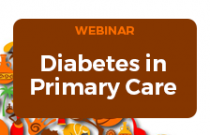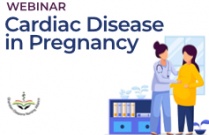Diabetes in Primary Care
Dr Daniel Osafo Darko
This lecture will help primary care workers understand the burden of diabetes and its current management.
Abnormalities of the dentition
Rachel OBrien
This session looks at abnormalities affecting the dentition including the assessment, diagnosis and management of missing, extra, abnormally formed and ectopically positioned teeth.
Hypertension in detail
Prof. John Lubega
Clinicians will understand more about pathophysiology, diagnosis, and management of Hypertension
Communication for Improved Outcomes
Elizabeth Alvarez, DNP, RN
Effective communication between both the providers of care and the patient assists in both nurse satisfaction and patient outcomes.
COMPOSITE LP
Mr WCEA Administrator
ourse Description* Please add a course description with a minimum of 20 characters.
Cardiac Disease in Pregnancy
Natasha Gaudin
Brief overview of cardiac disease in pregnancy, related changes and management of cardiac arrest







